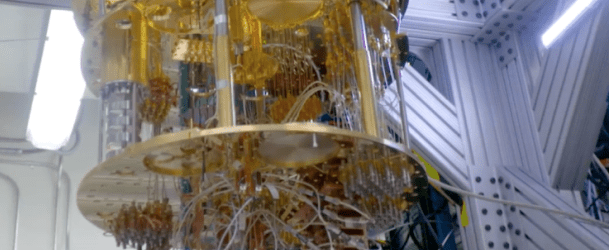Five New Quantum Information Science Centers Will Bring Quantum Computing Closer Than You Think

(ScientificAmerican) Fully functional quantum computers and a new quantum industry may appear much sooner than many have anticipated—thanks to five new National Quantum Information Science Research centers just announced by the U.S. Department of Energy.
for the first time, researchers from academia, U.S. national labs and industry will be working side by side aiming to speed up the fundamental quantum information science research. And more research should bring us closer to advanced quantum technologies and the grandest goal of quantum information science, creating a fault-tolerant quantum computer that can indefinitely compute without errors.
Overcoming the hurdles to developing quantum computers is beyond the limits of a single team, and we need scores of scientists from academia, the national labs and industry to get us there. This is where the new centers come in. At last, they will get the talent from all our R&D sectors to work together on quantum-related issues.
The problems are many: Take the problem of building a quantum system that would compute without errors. But even if we achieve this, we will have to overcome another hurdle: linking quantum processors, just like we connect today’s computer chips inside data centers using intranets. This requires quantum interconnects that transfer the fragile quantum information stored in the processor’s qubits into a different quantum format.
Research teams could probably solve these problems, and many other challenges the quantum information science community is tackling, individually. But it would take decades, and we can’t afford to wait this long. Partnerships and collaboration, through the new centers, will offer us the chance of making the quantum leap we need. With a long-term vision of establishing a robust national quantum ecosystem, academia, national labs and industry partners at last have a quantum roadmap.



















